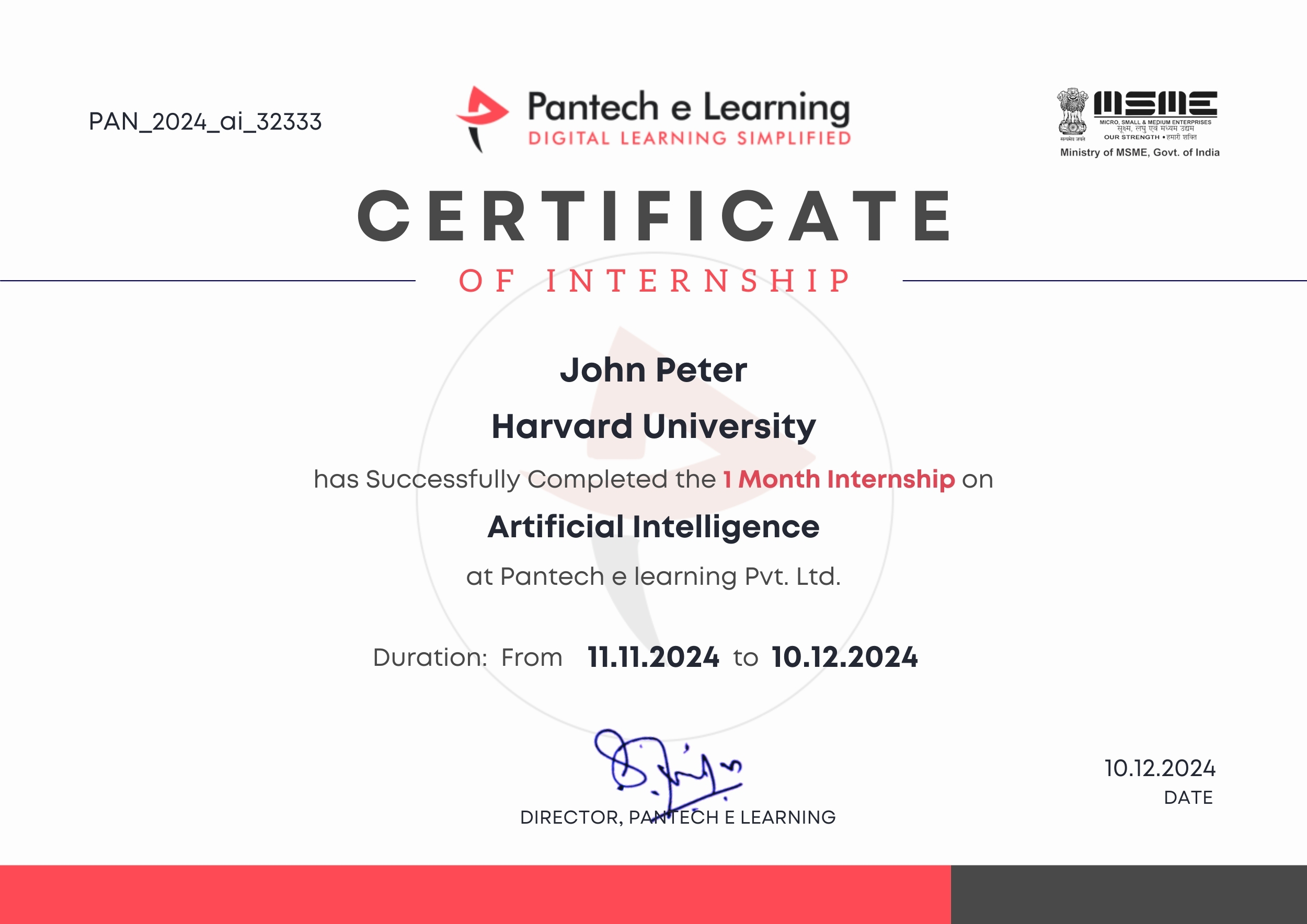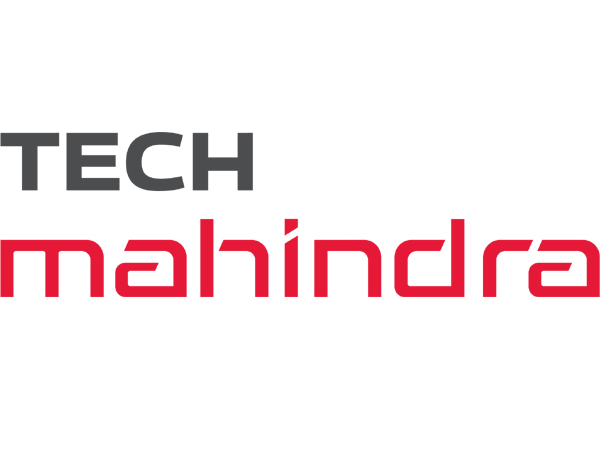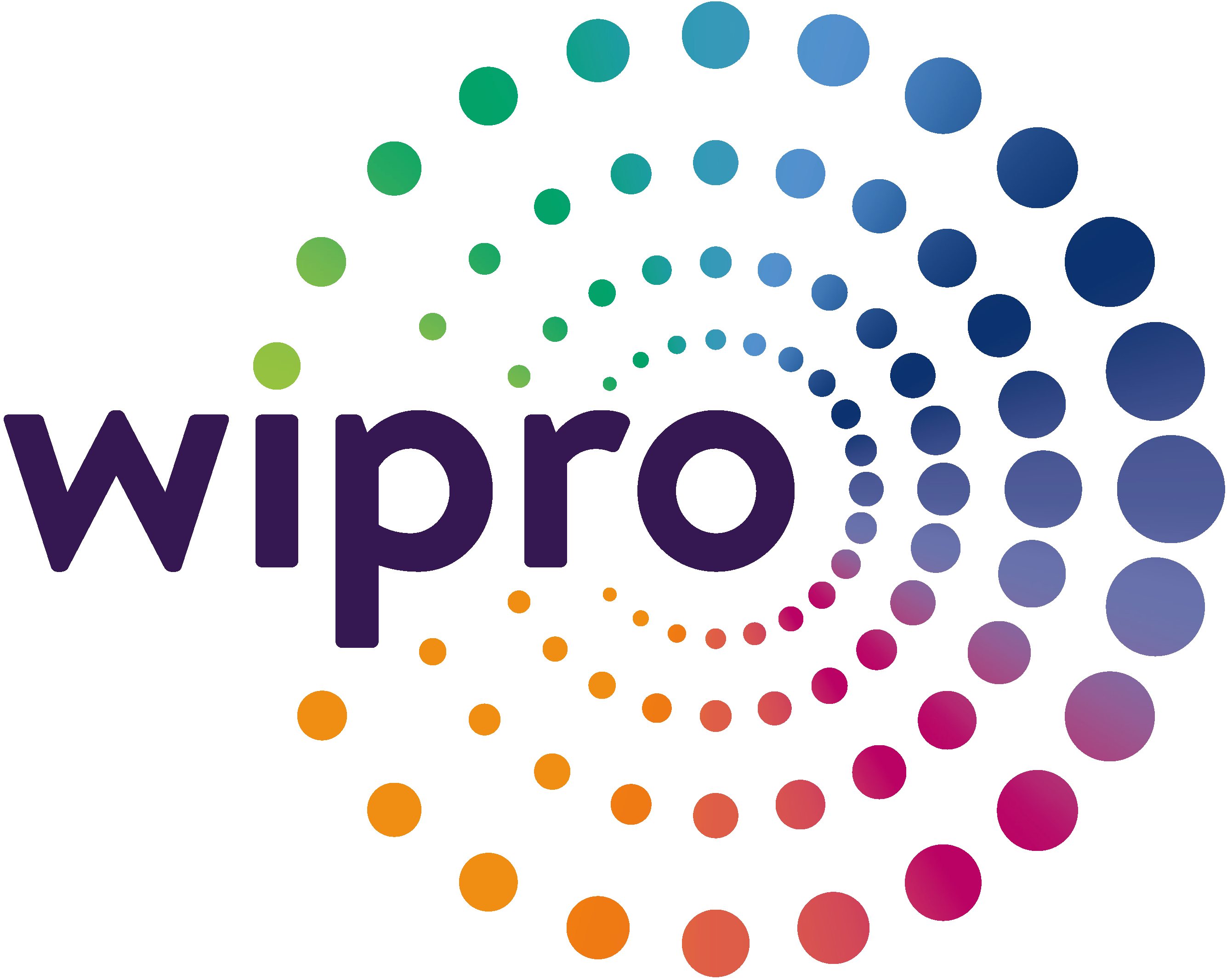
Raspberry Pi (Iot)
Internship 2025
Learn Raspberry Pi fundamentals through projects like Python programming, GPIO control, and sensor interfacing. weather reporting, RFID authentication, and water quality monitoring. Build IoT systems, design web applications, and integrate camera functionality for projects lcontrol.
1/ 2 Months
Online
8+ Live Projects
Dual Certification
Ultimate Step towards your Career Goals: Expert in IoT Raspberry Pi
Explore Raspberry Pi through projects like GPIO control, sensor interfacing, RFID authentication, weather reporting, and IoT systems. Build applications for motor control, water monitoring, temperature sensing, and camera integration. Create web apps and control appliances remotely.
Internship Benifits
Mentorship
Receive guidance and insights from industry experts.
Hands-on Experience
Gain practical skills in a real-world cutting-edge projects.
Networking
Connect with professionals and peers in your field.
Skill Development
Enhance your technical and soft skills.
Career Advancement
Boost your resume with valuable experience.
Certificate
Get a certification to showcase your achievements.
Raspberry Pi Internship Overview
Introduction to Raspberry Pi
- Overview of Raspberry Pi: a versatile single-board computer for various applications.
- Key features, versions, and accessories available for Raspberry Pi projects.
Installing OS for Raspberry Pi
- Step-by-step guide to installing Raspbian (now Raspberry Pi OS) or other operating systems.
- Using tools like Raspberry Pi Imager or NOOBS for OS setup.
Program with Python
- Introduction to Python programming on Raspberry Pi.
- Basic syntax, libraries, and developing simple applications to interact with hardware.
Control Raspberry Pi’s GPIOs
- Introduction to GPIO (General Purpose Input/Output) pins for interfacing with external devices.
- Writing Python code to control LEDs, switches, and sensors via GPIO pins.
Interfacing Sensors with Raspberry Pi
- Connecting various sensors (temperature, motion, humidity) to Raspberry Pi.
- Collecting and processing sensor data for real-time monitoring applications.
Speed Control of DC Motor
- Controlling the speed and direction of a DC motor using a Raspberry Pi and motor driver circuits.
- Pulse Width Modulation (PWM) techniques for motor control.
MPU6050 Gyro Sensor Interfacing with Raspberry Pi
- Connecting the MPU6050 accelerometer and gyroscope to Raspberry Pi.
- Reading motion and orientation data for applications like robotics or motion tracking.
Touch Screen Display with Raspberry Pi
- Setting up a touch screen display on Raspberry Pi.
- Building interactive GUI applications using Python and libraries like Tkinter.
RFID-Based Authentication System
- Building an RFID-based authentication or access control system.
- Integrating RFID reader with Raspberry Pi to read RFID tags and authenticate users.
LCD Display with Raspberry Pi
- Interfacing a 16×2 LCD with Raspberry Pi to display real-time information.
- Python programming to show sensor readings or system statuses
Weather Reporting System
- Creating a weather station using Raspberry Pi with sensors for temperature, humidity, and pressure.
- Displaying real-time weather data on an LCD or web interface.
Industry Monitoring System using IoT
- Implementing an IoT-based monitoring system for industrial applications.
- Collecting and sending data like temperature, humidity, and other parameters to a cloud service.
Send an Email Text Using SMTP Protocol
- Sending automated email notifications using Python’s SMTP library.
- Practical applications like alert systems for sensors or monitoring systems.
Fingerprint Module Interfacing with Raspberry Pi
- Integrating a fingerprint sensor with Raspberry Pi for biometric authentication.
- Building a secure login or access control system using fingerprints.
Create a Web Application on Your Raspberry Pi
- Hosting a web server on Raspberry Pi (using Flask or Django).
- Building web applications to control GPIO pins or display sensor data.
Water Quality Monitoring System
- Designing a water quality monitoring system using sensors like pH or turbidity sensors.
- Real-time reporting and data logging for environmental monitoring.
Water Flow Detection System
- Building a water flow detection system to measure the flow of liquids through pipes.
- Using flow sensors and Raspberry Pi to trigger alarms or control pumps.
Automatic Door Lock System
- Creating an automated door lock system using motors and sensors.
- Integrating RFID or fingerprint authentication for secure access.
IoT-Based Contactless Body Temperature Monitoring Using Raspberry Pi with Camera and Email Alert
- Designing a contactless body temperature monitoring system using an IR sensor or camera.
- Sending temperature data via email for health monitoring applications.
Webpage Design for Appliance Control
- Designing a web interface to control home appliances or devices remotely via Raspberry Pi.
- Integrating Raspberry Pi with IoT-based home automation systems.
Camera Interface with Raspberry Pi
- Setting up a camera module to capture images or video streams with Raspberry Pi.
- Building applications for security, surveillance, or image recognition.



Looking for in-depth Syllabus Information? Explore your endless possibilities in Raspberry Pi with our Brochure!
share this detailed brochure with your friends! Spread the word and help them discover the amazing opportunities awaiting them.
Project Submission: Example Output Screenshots from Our Clients
Take a look at these sample outputs crafted by our clients. These screenshots showcase the impressive results achieved through our courses and projects. Be inspired by their work and visualize what you can create!













Dual Certification: Internship Completion & Participation
Earn prestigious Dual Certification upon successful completion of our internship program. This recognition validates both your participation and the skills you have honed during the internship


How does this Internship Program Work?
Step 1 Enroll in the Program
- Get a Mentor Assigned
- Presentations & Practice Codes
- Learn at your Flexible Time
- Apprehend the concepts
Step 2 Project Development
- Implement Skills Learn
- Develop Projects with assistance
- Get Codes for Reference
- Visualise the Concepts
Step 3 Get Certified
- Certificate of Internship
- Project Completion Certificate
- Share on social media
- Get Job Notifications
Choose Your Plan fit your needs
Master the Latest Industrial Skills. Select a technology domain & kick off your Internship immediately.
1 Month
₹1999/-
₹999/-
- Internship Acceptance Letter
- 90 Days from the date of payment
- 4 LIVE intractive Mastermind Sessions
- 4+ Capstone Projects & Codes
- Full Roadmap
- Internship Report
- 1 Month Internship Certificate
2 Month
₹3299/-
₹1899/-
- Internship Acceptance Letter
- 180 Days from the date of payment
- 4 LIVE interactive Mastermind Sessions
- 12+ Capstone Projects & Codes
- Full Roadmap
- Internship Report
- Participation Certificate
- 2 Month Internship Certificate
Our Alumni Employers
Curious where our graduates make their mark? Our students go on to excel in leading tech companies, innovative startups, and prestigious research institutions. Their advanced skills and hands-on experience make them highly sought-after professionals in the industry.









EXCELLENTTrustindex verifies that the original source of the review is Google. I recently completed my Python internship under the guidance of Mentor poongodi mam We learnt so many new things that developed my knowledge.this experience is good to learnTrustindex verifies that the original source of the review is Google. I completed my python internship guidance of mentor poongodi mam. She thought us in friendly qayTrustindex verifies that the original source of the review is Google. Poongodi mam done very well She took the class very well When we ask any doubt without getting bored she will explain,we learned so much from mam,marvelousTrustindex verifies that the original source of the review is Google. I have handled by poongodi mam.domain python intership...was goodTrustindex verifies that the original source of the review is Google. I recently completed Python internship under the guidance of poongodi mam who excelled in explaining concepts in an easily understandable wayTrustindex verifies that the original source of the review is Google. Fantastic class we were attended..we got nice experience from this class..thank you for teaching python mam...Trustindex verifies that the original source of the review is Google. -The course content was well-structured - I gained valuable insights into microcontrollers, sensors, and programming languages- The workshop was informative, interactive, and challenging, pushing me to think creatively. Ms Jimna our instructor her guidance and feedback helped me overcome obstacles and improve my skills.Trustindex verifies that the original source of the review is Google. The learning experience was really worth since more than gaining just the knowledge all of the inputs were given in a friendly and sportive manner which then made it a good place to learn something with a free mindset... 👍🏻Trustindex verifies that the original source of the review is Google. I recently completed my full stack python intership under the guidance of mentor Gowtham,who excelled in explaining concepts in an easily understand mannerTrustindex verifies that the original source of the review is Google. Gowtham-very interesting class and I learning so many things in full stack python development and I complete my internship in Pantech e learning and it is useful for my career
FAQ
What is Raspberry Pi?
Raspberry Pi is a small, affordable single-board computer designed for learning programming, electronics, and computing. It runs Linux-based OS and can be used for various applications from simple projects to more complex systems.
Can I program Raspberry Pi with Python?
Yes, Python is one of the most popular programming languages for Raspberry Pi. It’s well-supported for GPIO control, sensor interfacing, and IoT applications, making it ideal for Raspberry Pi projects.
How do I control Raspberry Pi’s GPIOs?
You can control the GPIO pins on Raspberry Pi using libraries like RPi.GPIO or gpiozero. These libraries allow you to set the pins as input or output and control devices like LEDs, motors, or sensors.
How can I control the speed of a DC motor with Raspberry Pi?
You can control the speed of a DC motor using PWM (Pulse Width Modulation). Raspberry Pi has PWM-capable GPIO pins, and with an H-Bridge motor driver like L298N, you can control both the speed and direction of the motor.
: How do I connect a touch screen display to Raspberry Pi?
To connect a touch screen, you can use an official Raspberry Pi touchscreen or any compatible touch screen with HDMI and/or GPIO connections. Install necessary drivers and configure the display settings through Raspberry Pi OS.
How does a water quality monitoring system work with Raspberry Pi?
A water quality monitoring system typically uses sensors like pH, turbidity, and TDS (Total Dissolved Solids) sensors. These sensors are connected to Raspberry Pi, and the data can be displayed on a web interface or sent to a cloud platform for analysis.
Start Your Tech Journey Today
Sign Up for Exclusive Resources and Courses Tailored to Your Goals!
© 2025 pantechelearning.com

